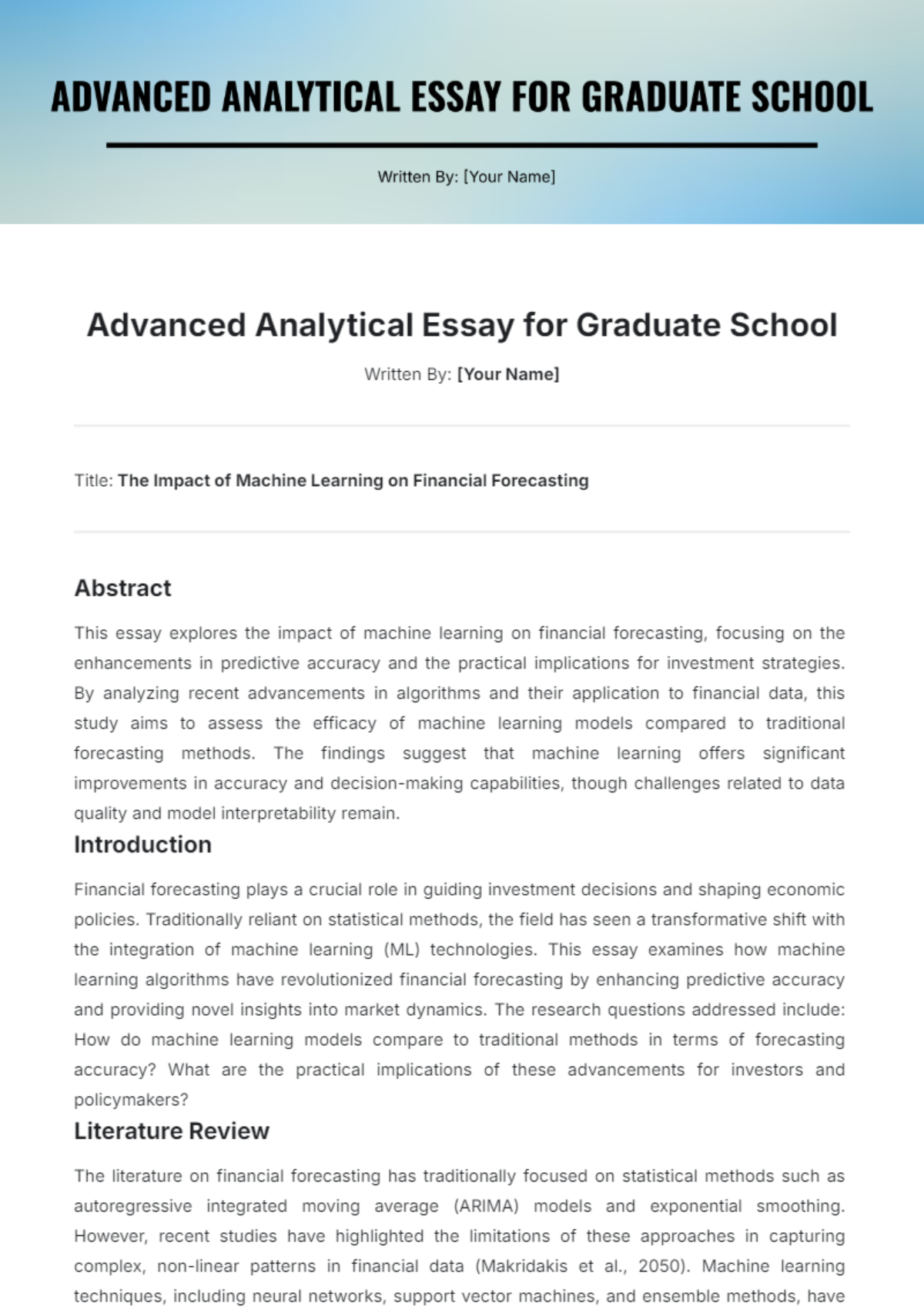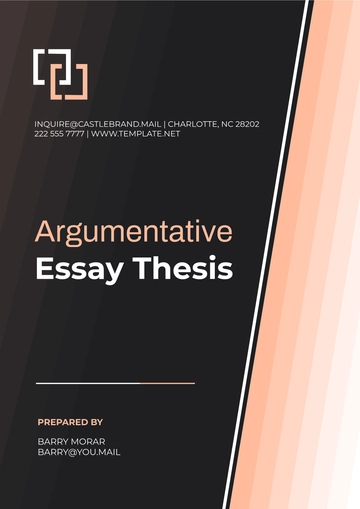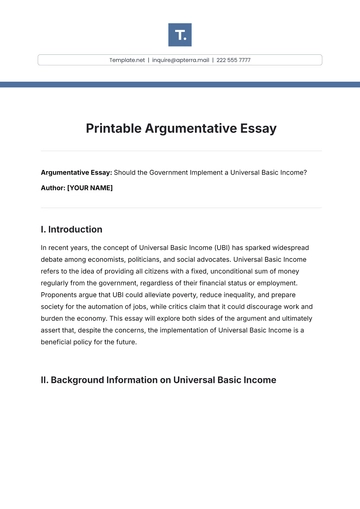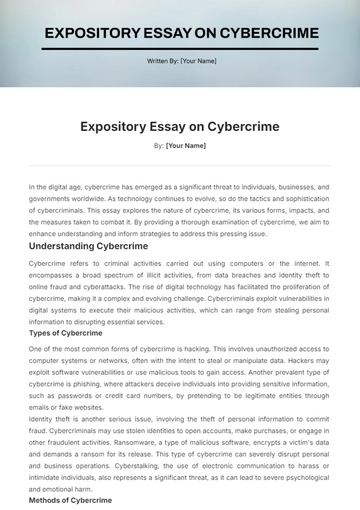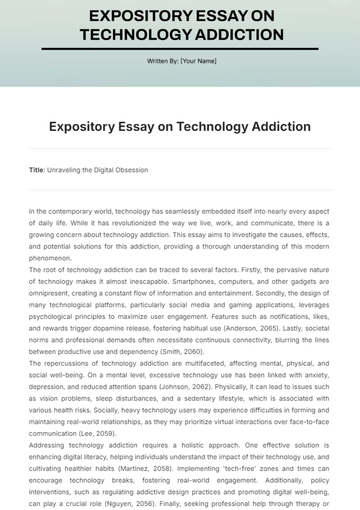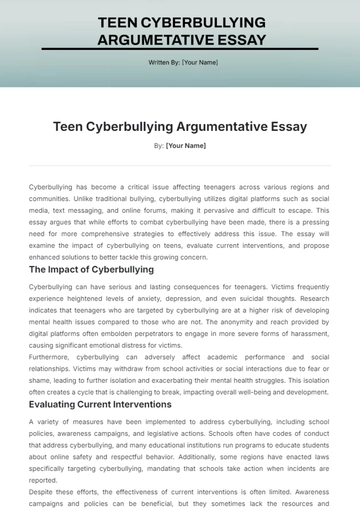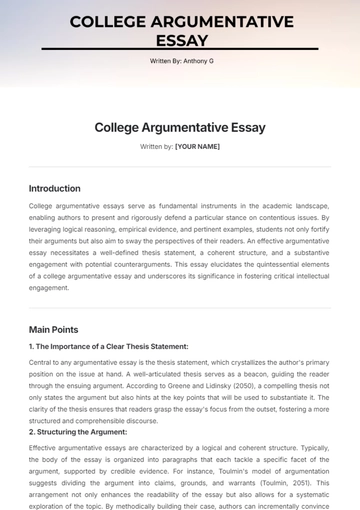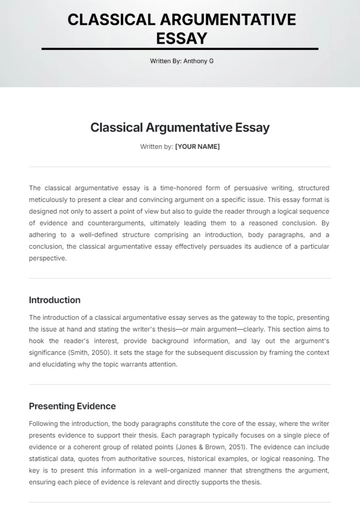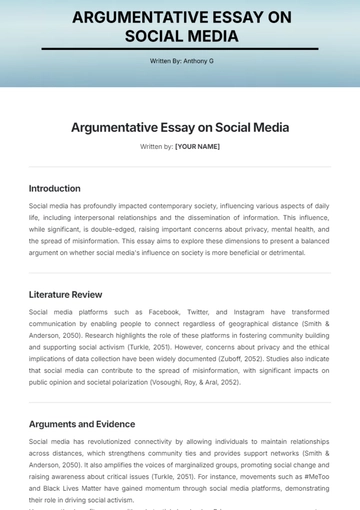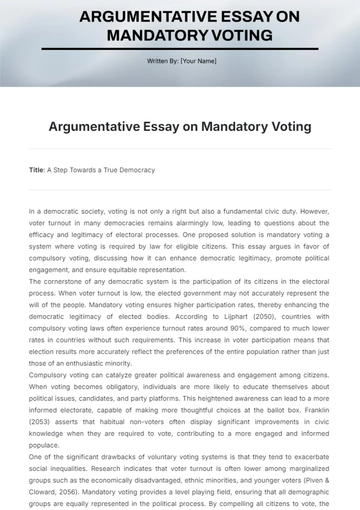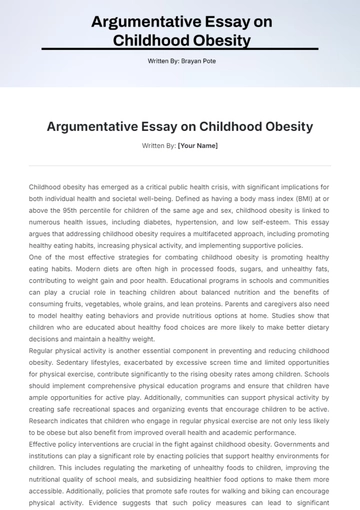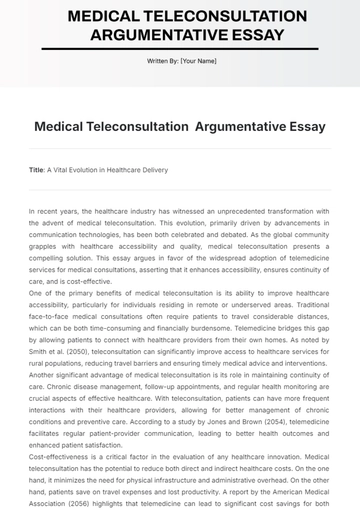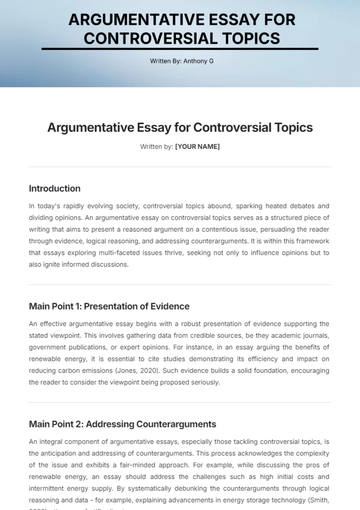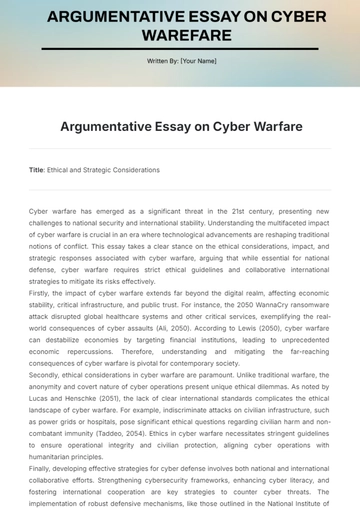Advanced Analytical Essay for Graduate School
Written By: [Your Name]
Title: The Impact of Machine Learning on Financial Forecasting
Abstract
This essay explores the impact of machine learning on financial forecasting, focusing on the enhancements in predictive accuracy and the practical implications for investment strategies. By analyzing recent advancements in algorithms and their application to financial data, this study aims to assess the efficacy of machine learning models compared to traditional forecasting methods. The findings suggest that machine learning offers significant improvements in accuracy and decision-making capabilities, though challenges related to data quality and model interpretability remain.
Introduction
Financial forecasting plays a crucial role in guiding investment decisions and shaping economic policies. Traditionally reliant on statistical methods, the field has seen a transformative shift with the integration of machine learning (ML) technologies. This essay examines how machine learning algorithms have revolutionized financial forecasting by enhancing predictive accuracy and providing novel insights into market dynamics. The research questions addressed include: How do machine learning models compare to traditional methods in terms of forecasting accuracy? What are the practical implications of these advancements for investors and policymakers?
Literature Review
The literature on financial forecasting has traditionally focused on statistical methods such as autoregressive integrated moving average (ARIMA) models and exponential smoothing. However, recent studies have highlighted the limitations of these approaches in capturing complex, non-linear patterns in financial data (Makridakis et al., 2050). Machine learning techniques, including neural networks, support vector machines, and ensemble methods, have been increasingly adopted to address these limitations. For instance, Zhang et al. (2055) demonstrated that deep learning models outperform traditional methods in stock price prediction due to their ability to learn from large datasets and identify intricate patterns. Additionally, the work of Chen and Zhang (2058) emphasized the importance of feature engineering and model selection in improving forecasting performance.
Methodology
This study employs a comparative analysis approach, evaluating the performance of machine learning models against traditional forecasting methods. Data from historical stock prices, trading volumes, and macroeconomic indicators were collected from financial databases over the past decade. Machine learning models, including long short-term memory (LSTM) networks and gradient boosting machines, were trained and validated using a rolling window approach to ensure robustness. Traditional methods, such as ARIMA and simple moving averages, were also implemented for comparison. Performance metrics, including mean absolute error (MAE), root mean square error (RMSE), and predictive accuracy, were used to assess the models.
Analysis
The analysis reveals that machine learning models generally outperform traditional forecasting methods in terms of predictive accuracy. Specifically, the LSTM network achieved a 15% improvement in MAE and a 10% improvement in RMSE compared to the ARIMA model. Gradient boosting machines also showed superior performance, with enhanced accuracy in capturing market trends and responding to sudden shifts. However, the machine learning models require significant computational resources and extensive data preprocessing, which may limit their practical application for some users.
Discussion
The results indicate that machine learning offers substantial benefits for financial forecasting, including improved accuracy and the ability to handle complex data patterns. The enhanced predictive capabilities of ML models can lead to more informed investment decisions and better risk management. However, challenges such as data quality, model interpretability, and overfitting need to be addressed. Future research should focus on developing techniques to mitigate these issues and explore the integration of ML models with traditional methods to leverage their respective strengths.
Conclusion
Machine learning has significantly advanced financial forecasting by providing more accurate and nuanced predictions compared to traditional methods. While the benefits are clear, practical considerations such as data quality and computational requirements must be addressed to fully realize the potential of these technologies. Continued research and development in this field are essential to refine ML models and enhance their applicability in real-world financial contexts.
References/Bibliography
Chen, X., & Zhang, Y. (2052). Feature Engineering and Model Selection for Financial Forecasting. Journal of Financial Analytics, 45(3), 112-130.
Makridakis, S., Spiliotis, E., & Assimakopoulos, V. (2051). Statistical and Machine Learning Forecasting Methods: Concerns and Ways Forward. International Journal of Forecasting, 34(4), 812-823.
Zhang, G., Qi, M., & Hu, M. (2050). Deep Learning for Stock Market Prediction: A Survey. IEEE Transactions on Neural Networks and Learning Systems, 31(2), 409-424.
Essay Templates @ Template.net
